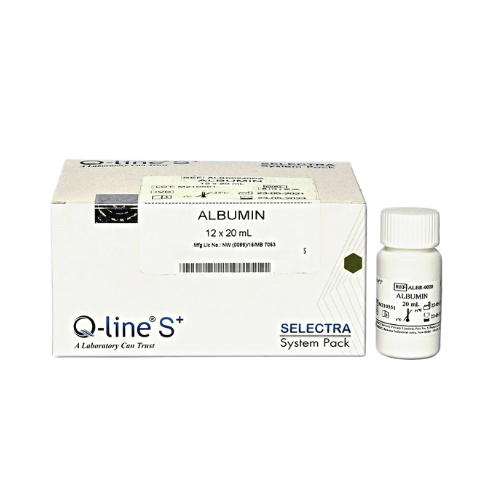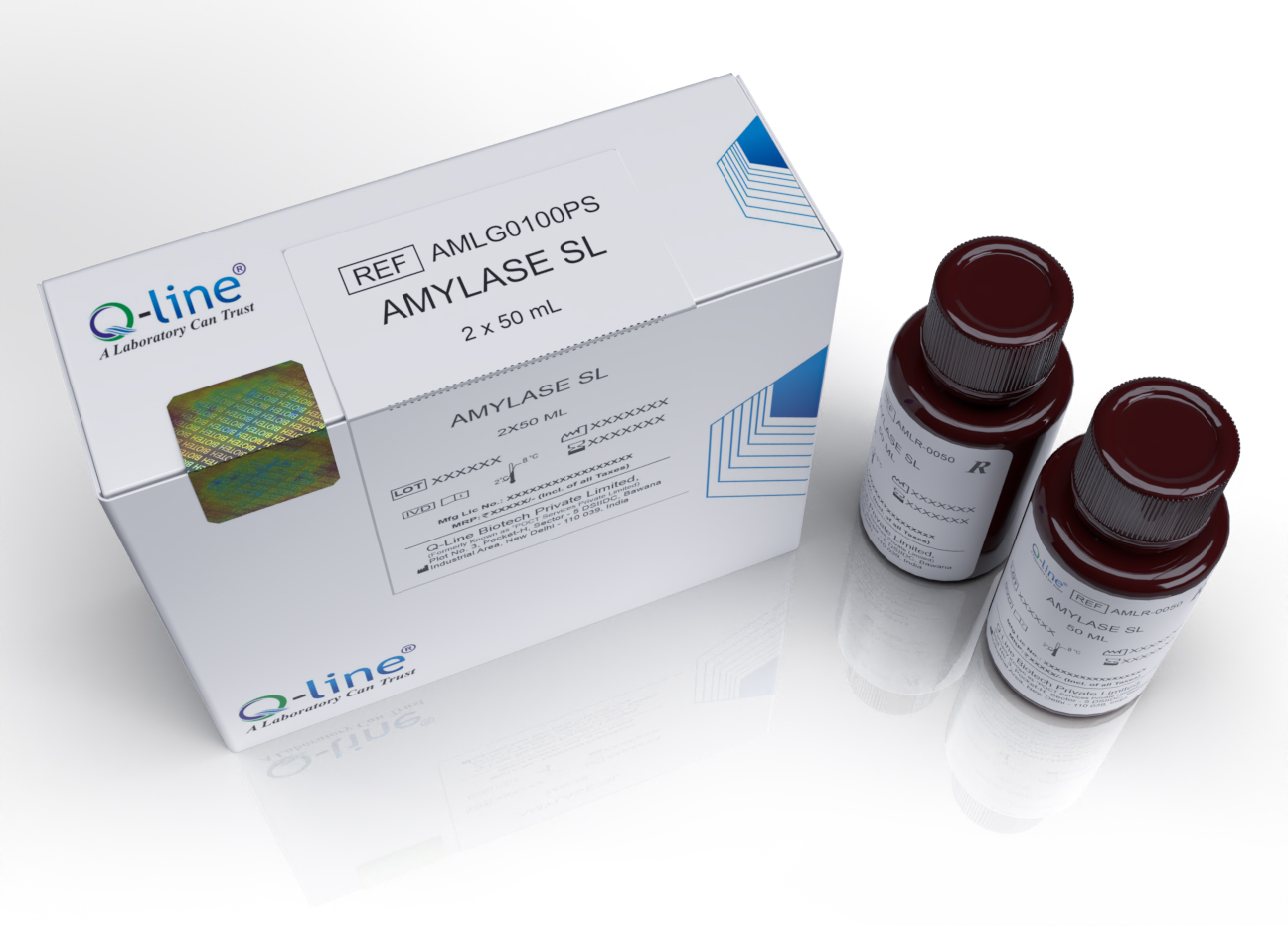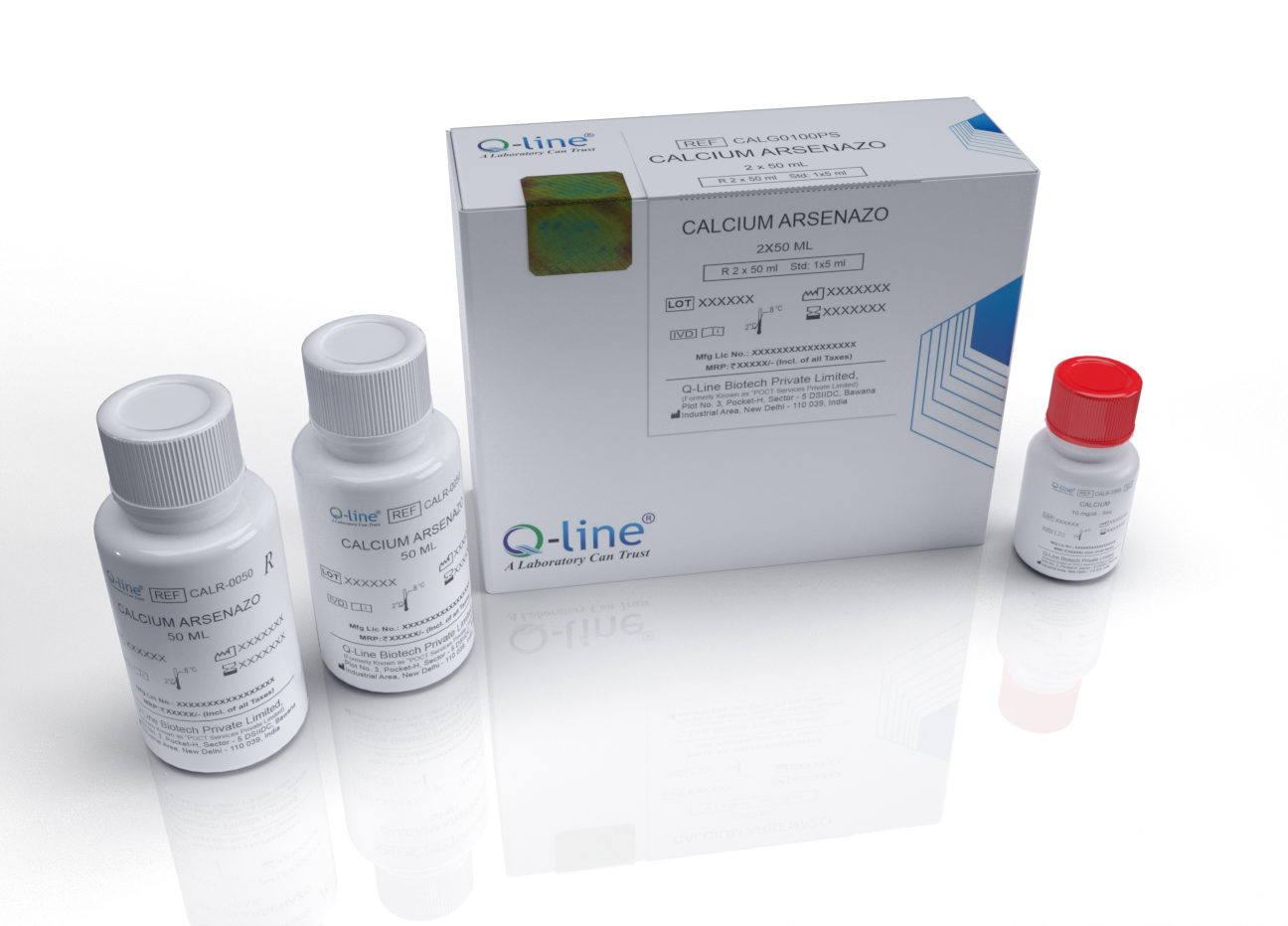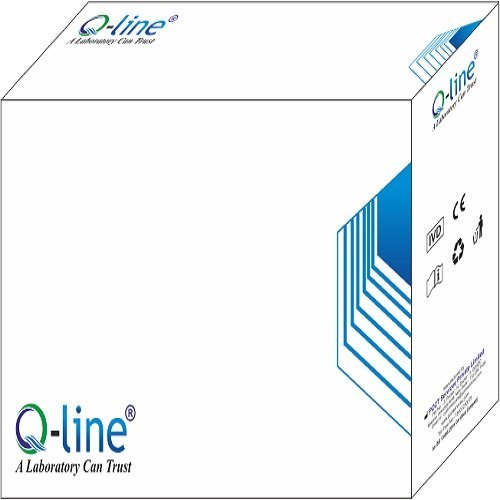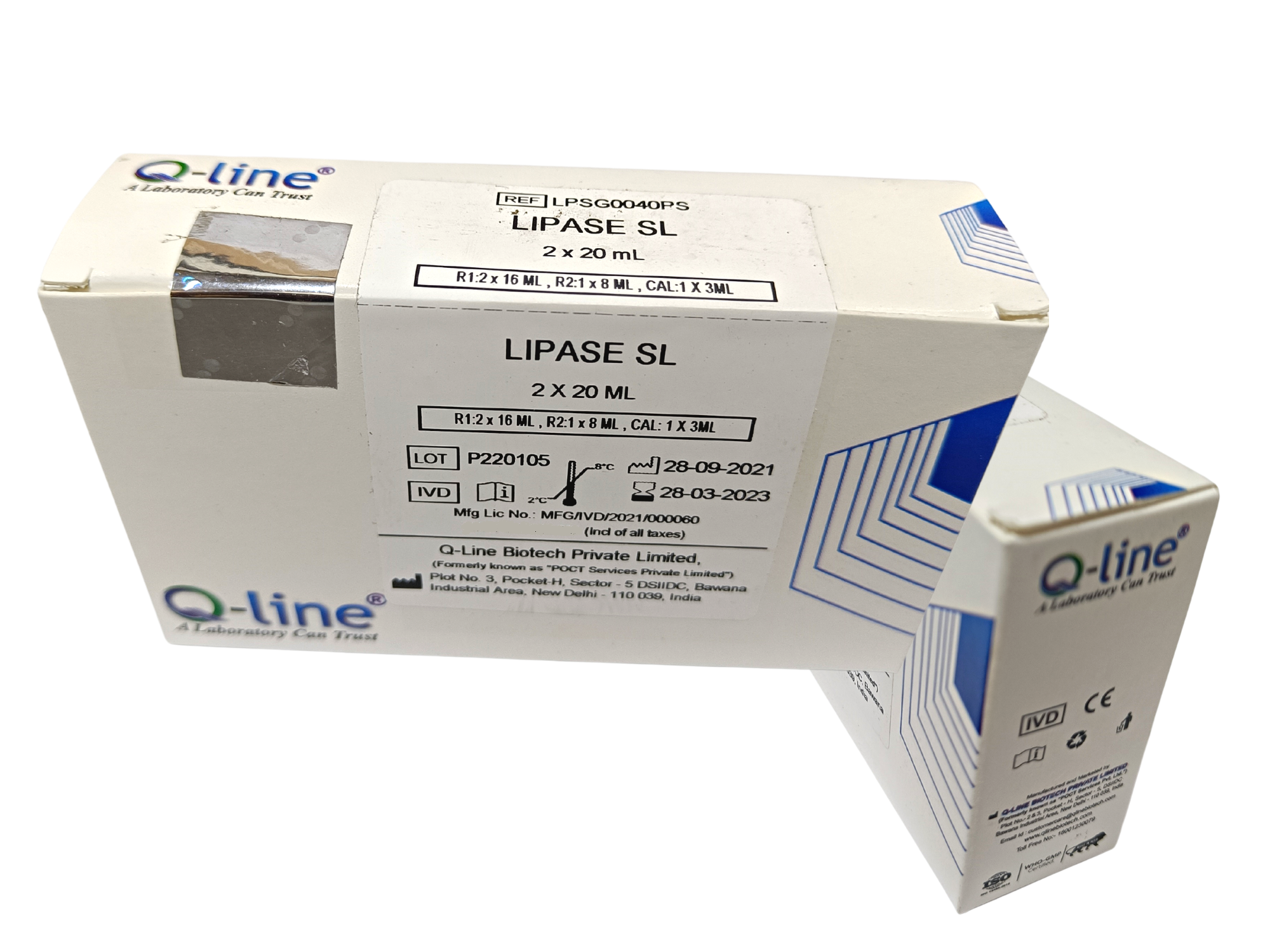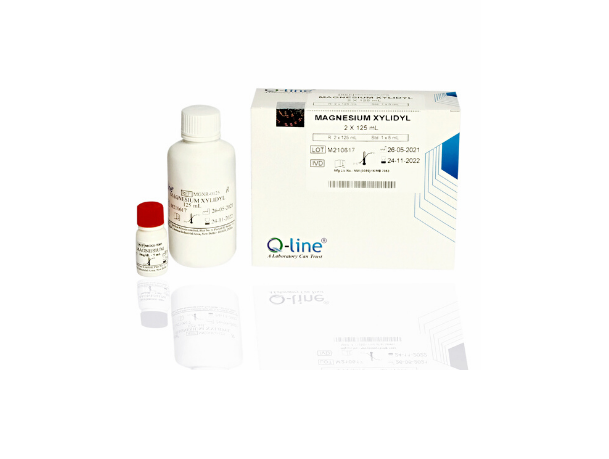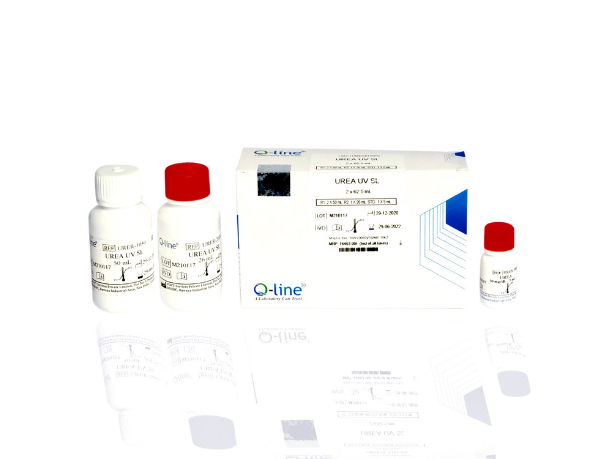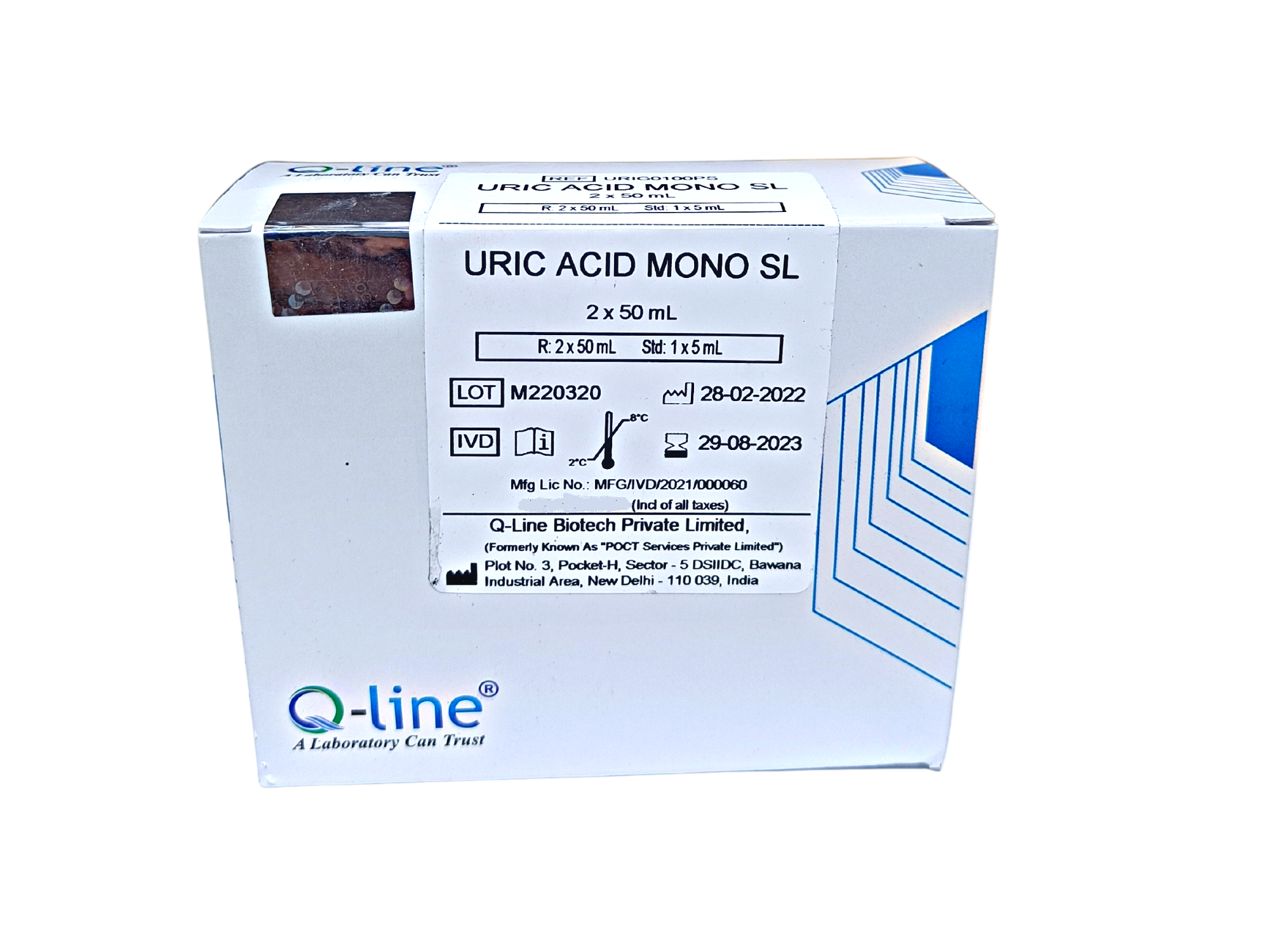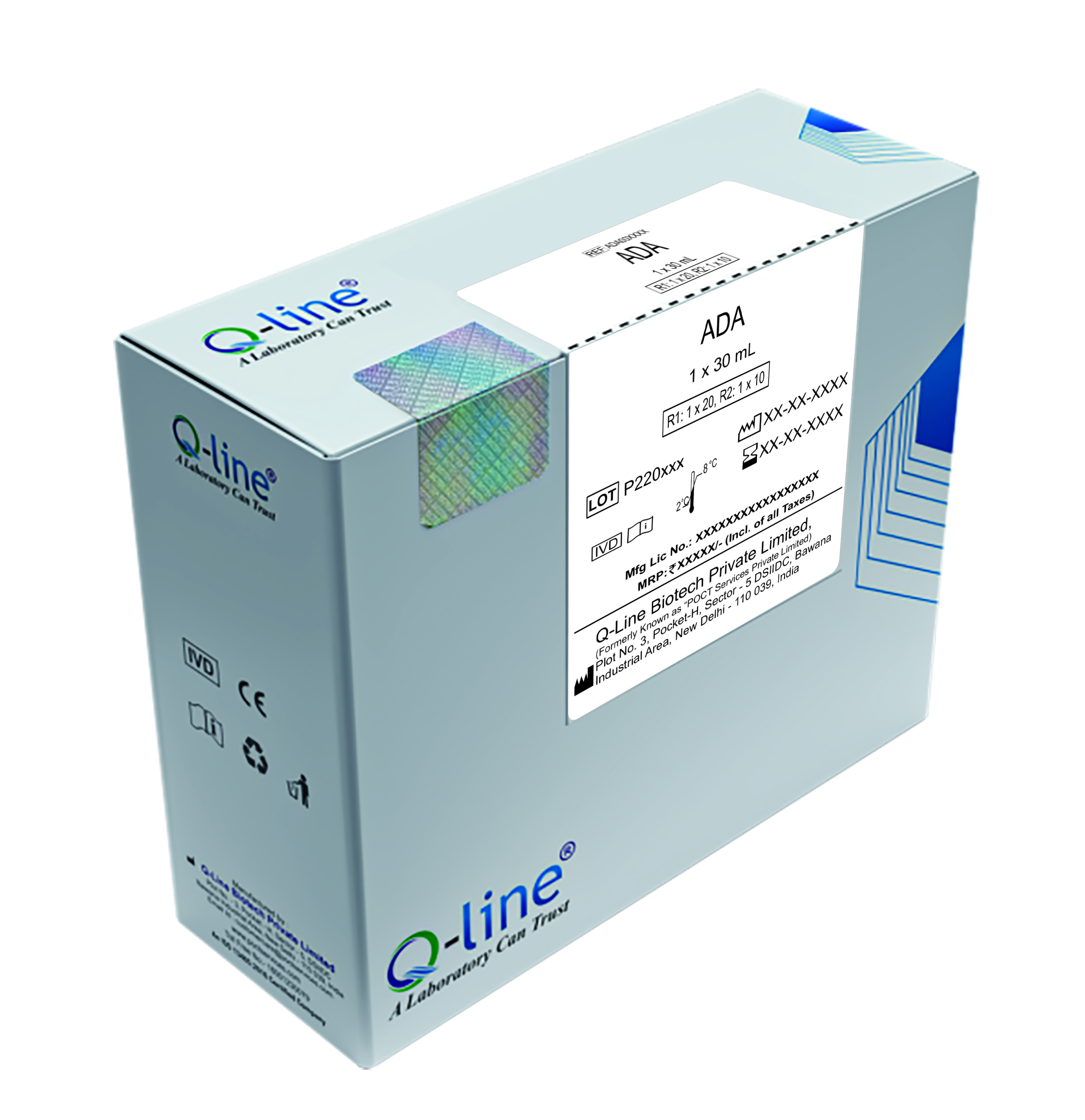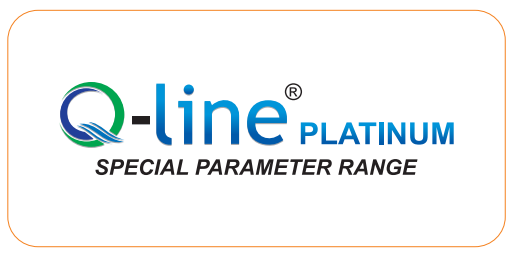Chloride (Labkit)
Product Description
Mercuric thiocyanate | Colorimetric.
Available Options:
| REF | Volume |
|---|---|
Chloride is the principle anion of the body, as sodium is the principal cation and with sodium, therefore, is largely responsible for the preservation of the osmotic pressure in the extra cellular fluid and water balance of the body. Its concentration is similar to that of sodium and is influenced by the same factors. Determination of plasma Cl concentration is useful in the differential diagnoses of acid-base disturbances and is essential for calculation of the anion gap. Measurement in urine is of clinical value with patients with persistent metabolic alkalosis who are not receiving diuretics. Hypochloraemia is observed in individuals with salt-losing nephritis coupled with hyponatremia and in cases such as bromide intoxication, SIADH (Syndrome of in appropriates Antidiuretic Hormone) expansion of extracellular fluid, metabolic alkalosis or persistent gastric secretion and prolonged vomiting. Hypochloraemia accompanies dehydration, RTA (Renal Tubular Acidosis), acute renal failure, metabolic acidosis, diabetes insipidus, and extremely high intake of salt.
Changes in Cl independent of sodium usually occur with changes in acid-base status. Cl is considered an acid, meaning that an increase equals acidosis and a decrease is consistent with alkalosis. The concentration of Cl usually parallels that of sodium and is related to bicarbonate. Cl levels can be corrected for changes in serum sodium to determine whether or not the change is independent of sodium. If the change in Cl is parallel to a change in sodium, the Cl will correct. If the change is independent, the corrected value will remain decreased or elevated. A common cause of independent Cl change is gastrointestinal disease. Cl is regulated by the kidneys; it is filtered out by the glomeruli and is reabsorbed in the tubules, where it follows water and sodium.
Normal:
If chloride is shifting proportionally with sodium (sodium concentration minus chloride concentration should be between 25
Product features.
- Mercuric thiocyanate - colorimetric end-point assay.
- Ready to use reagent.
- Inclusive of aqueous standard.
- Programmable on most of the fully automated analyzers as well as semiautomatic analyzers.
- Can be used for both serum and urine chloride assays.
- Very good correlation with other commercial reagents.
- AMR = 0.3 ~ 190mEq/L.
- CE marked.
Downloads
Video
Additional documents
Request Quote *(NOTE : Before submiting this form. please check your provided information.)
Related Products
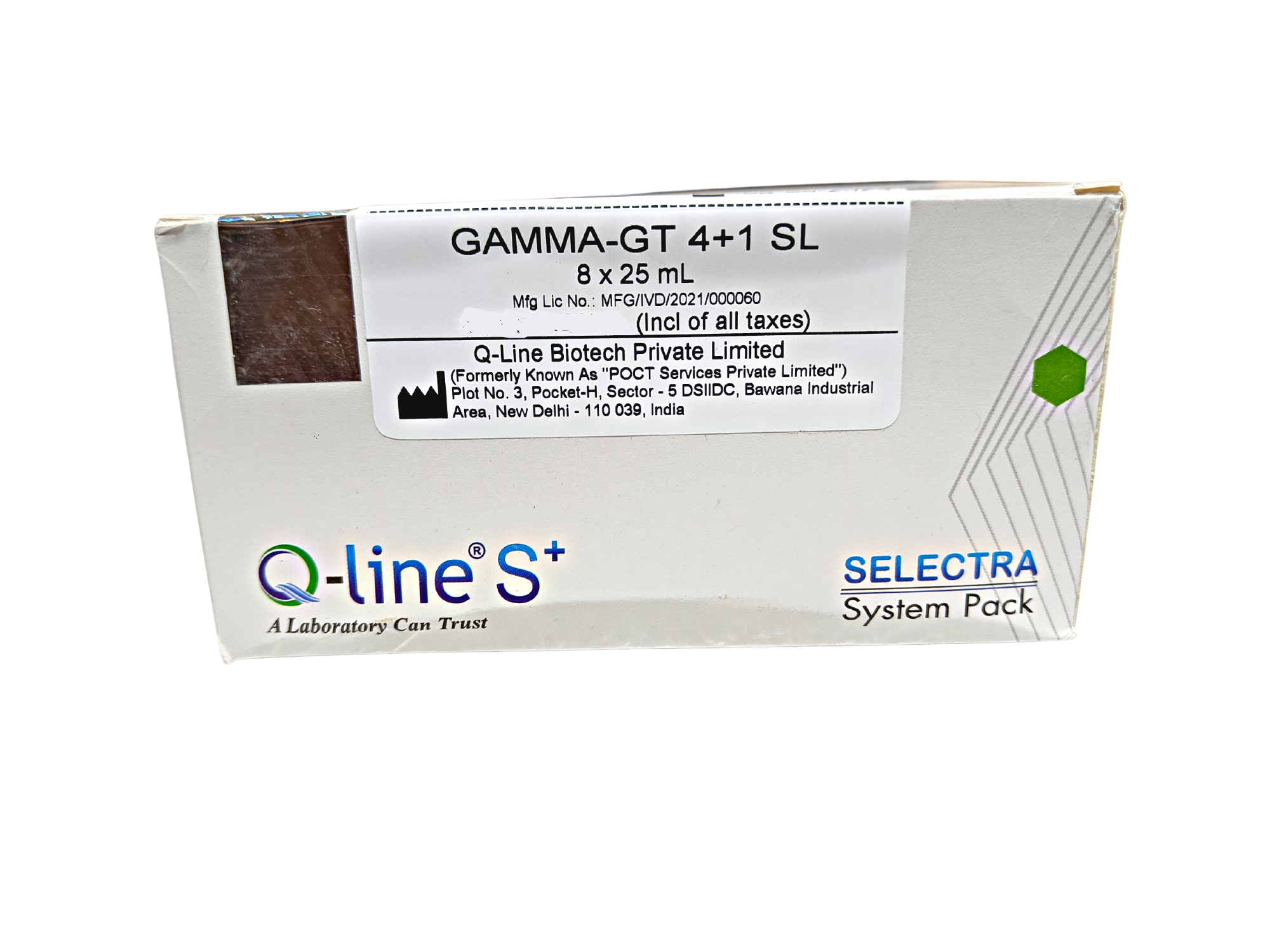

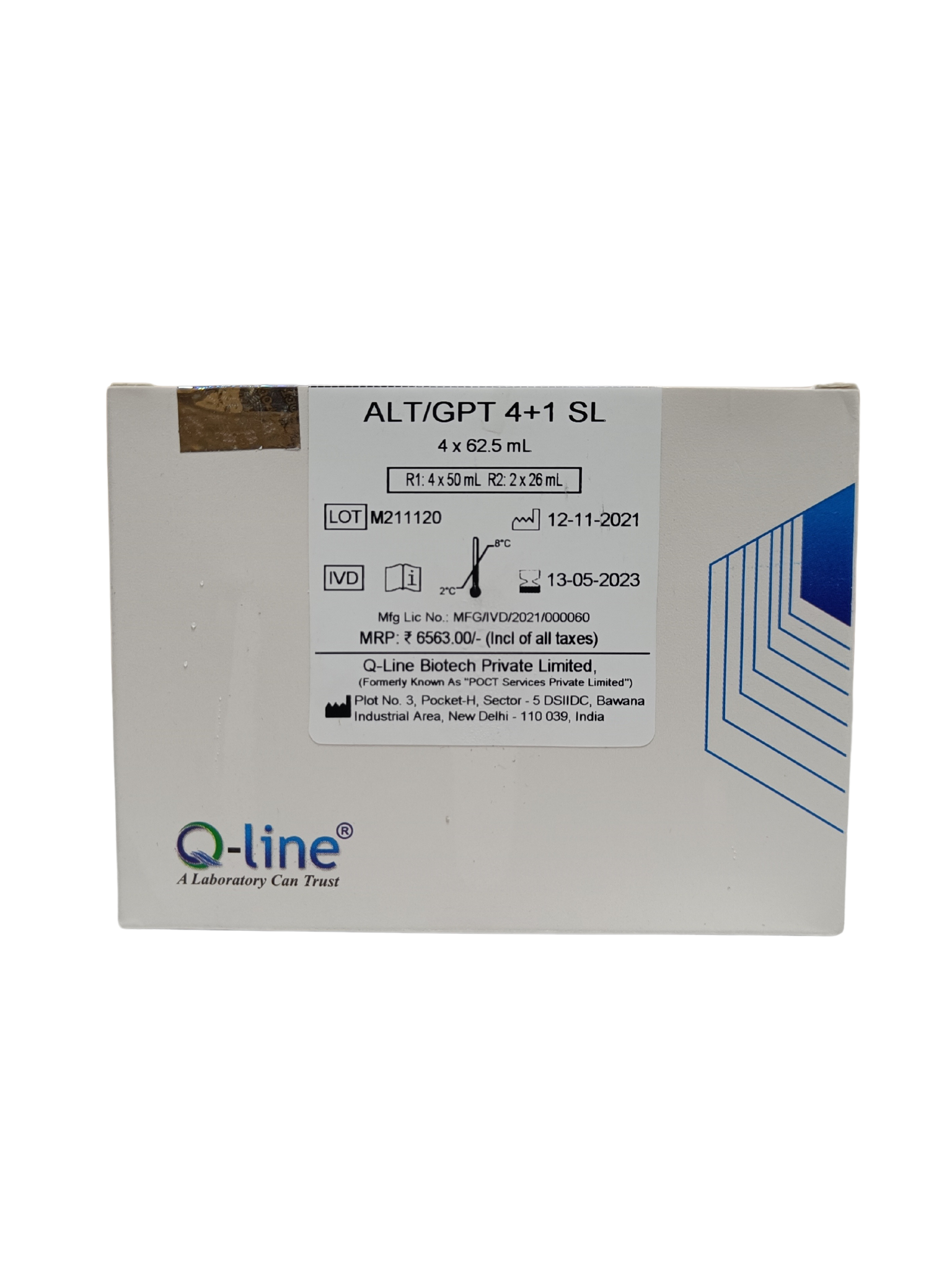
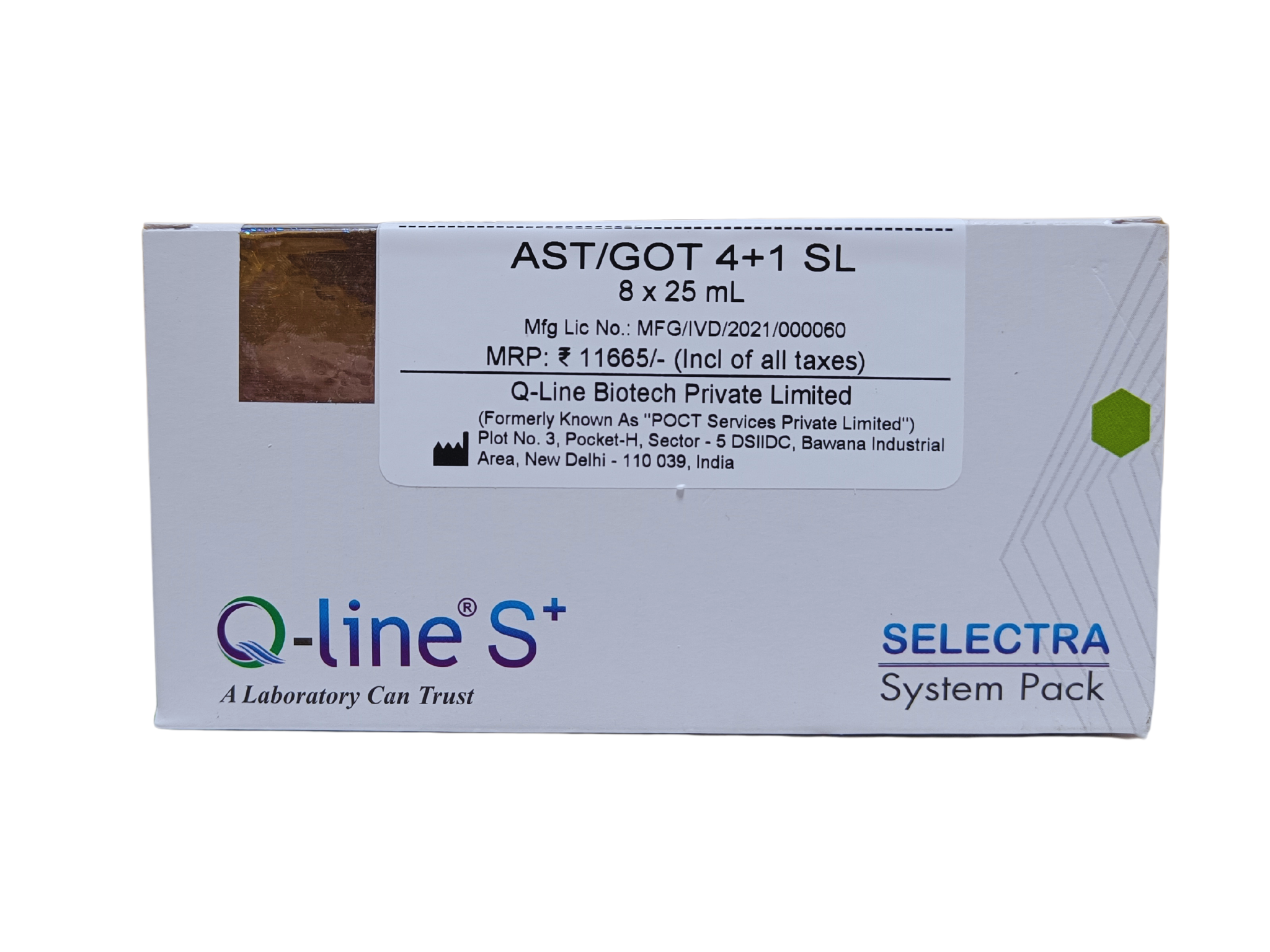

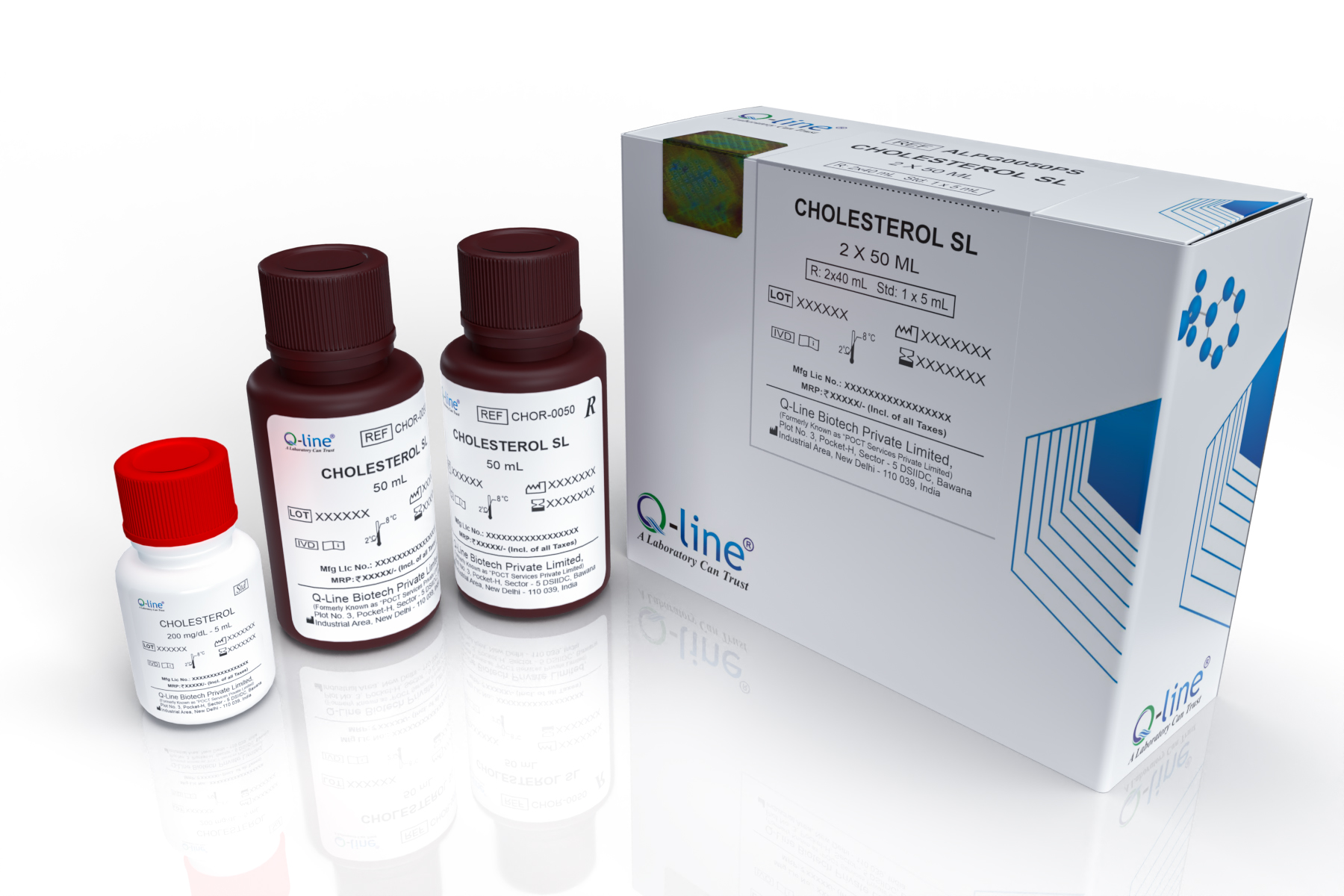
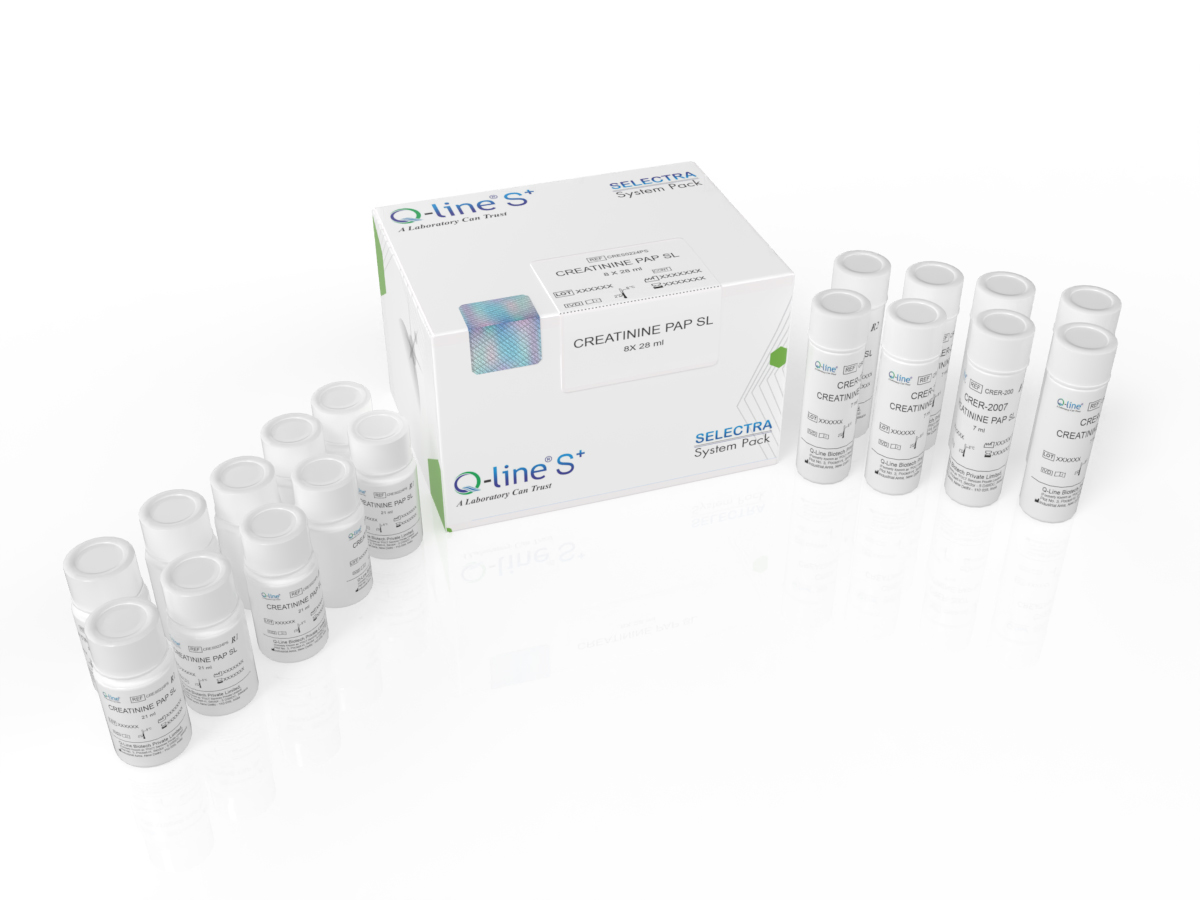
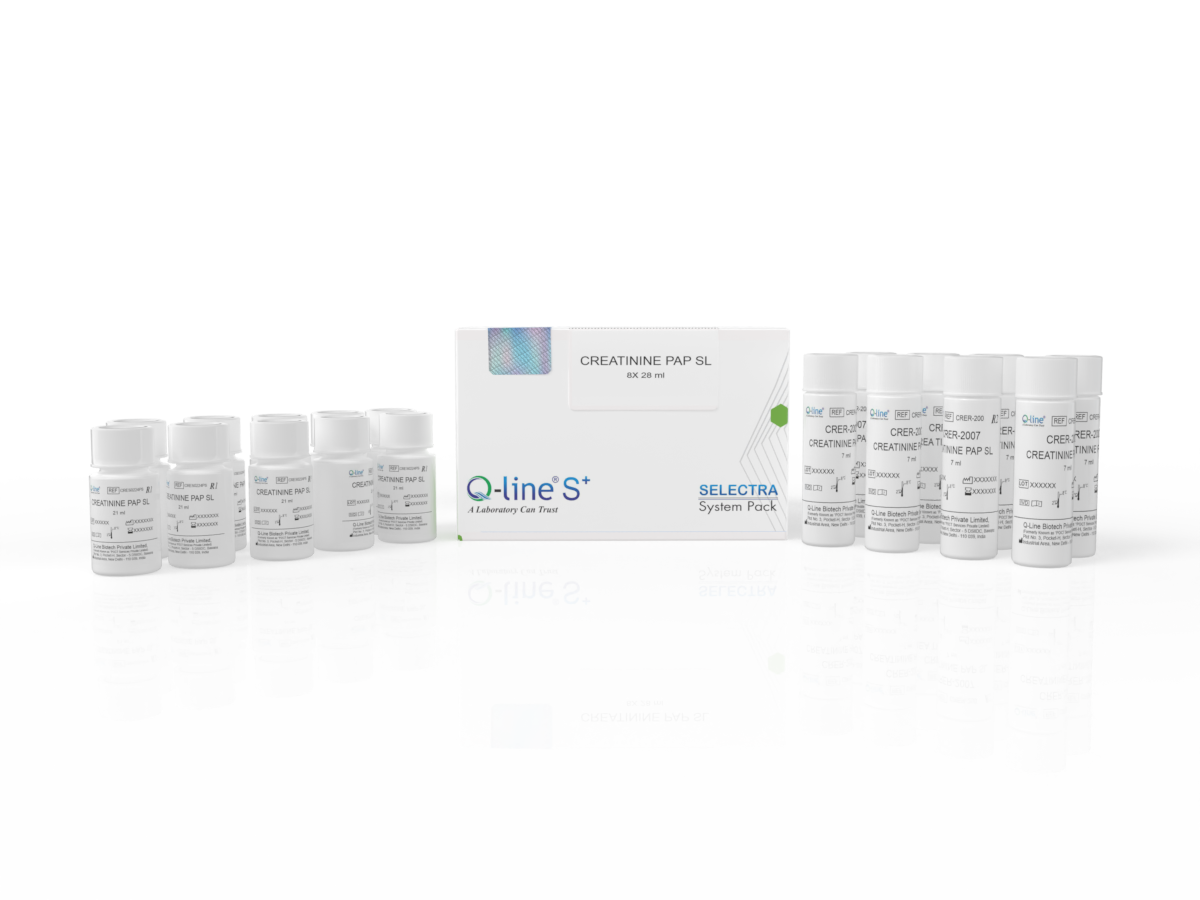
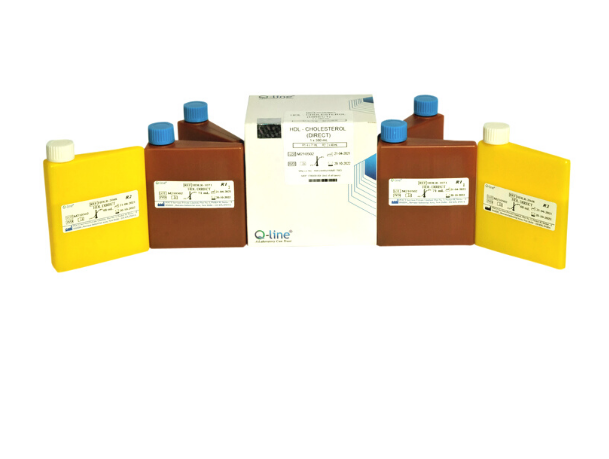
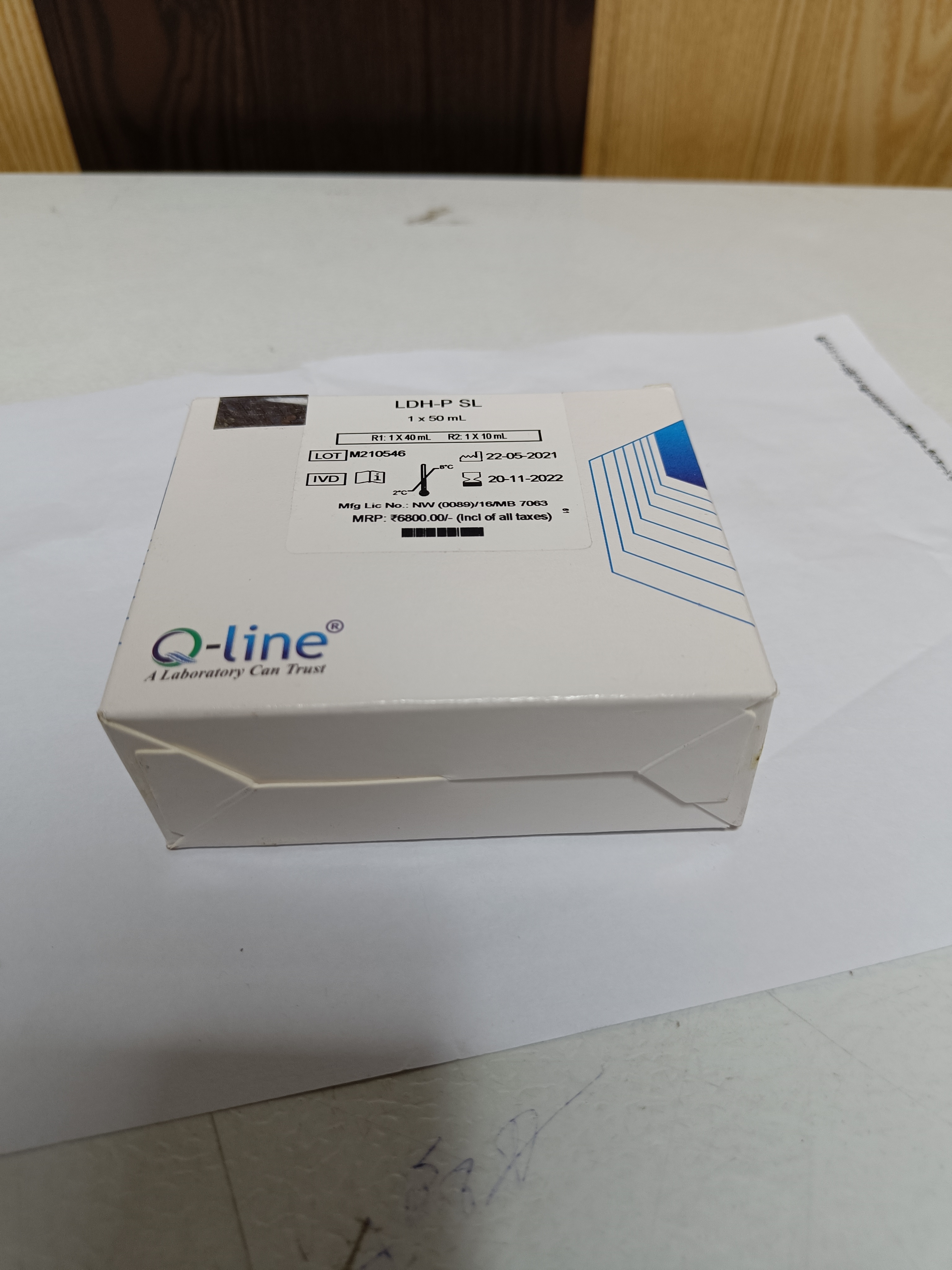
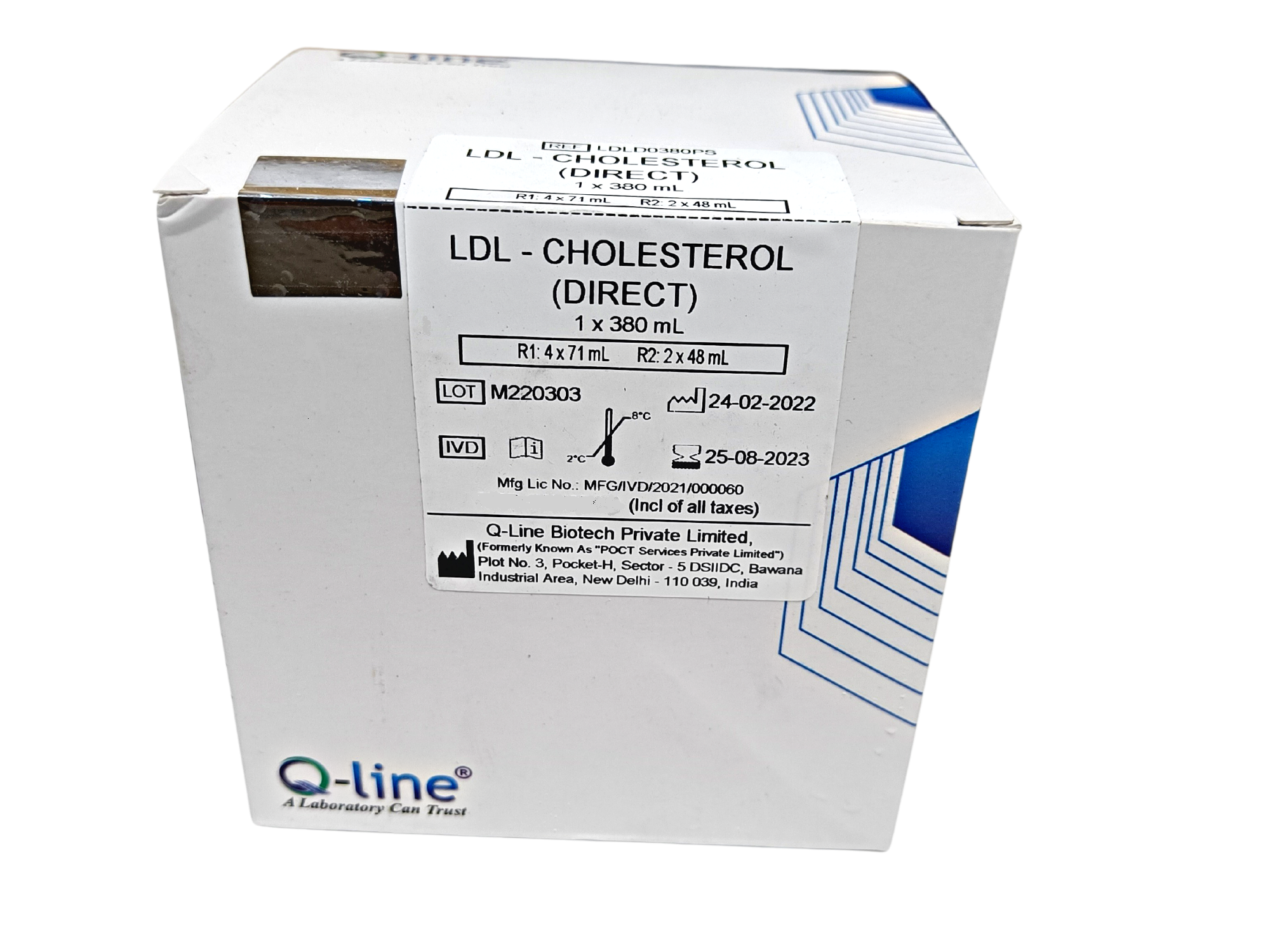
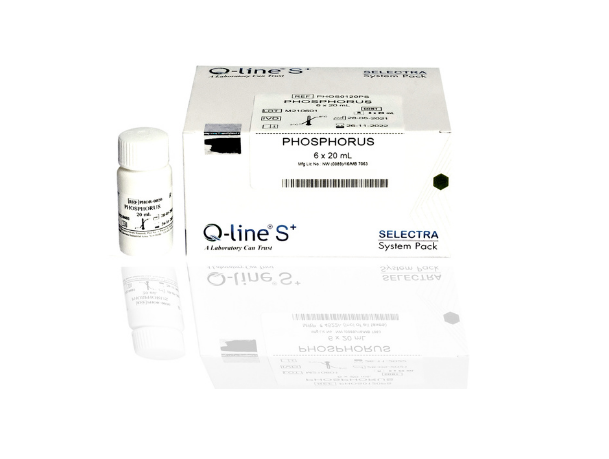
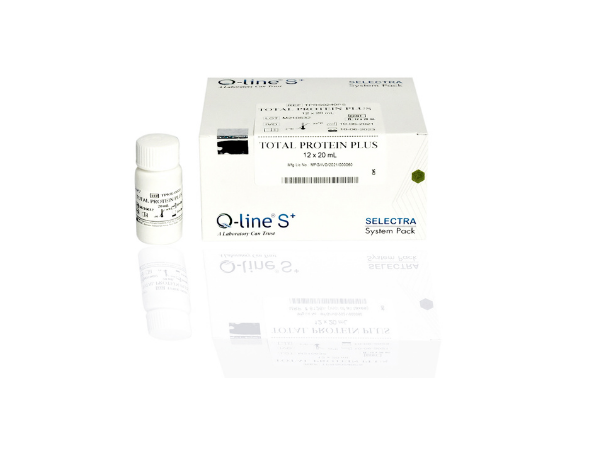
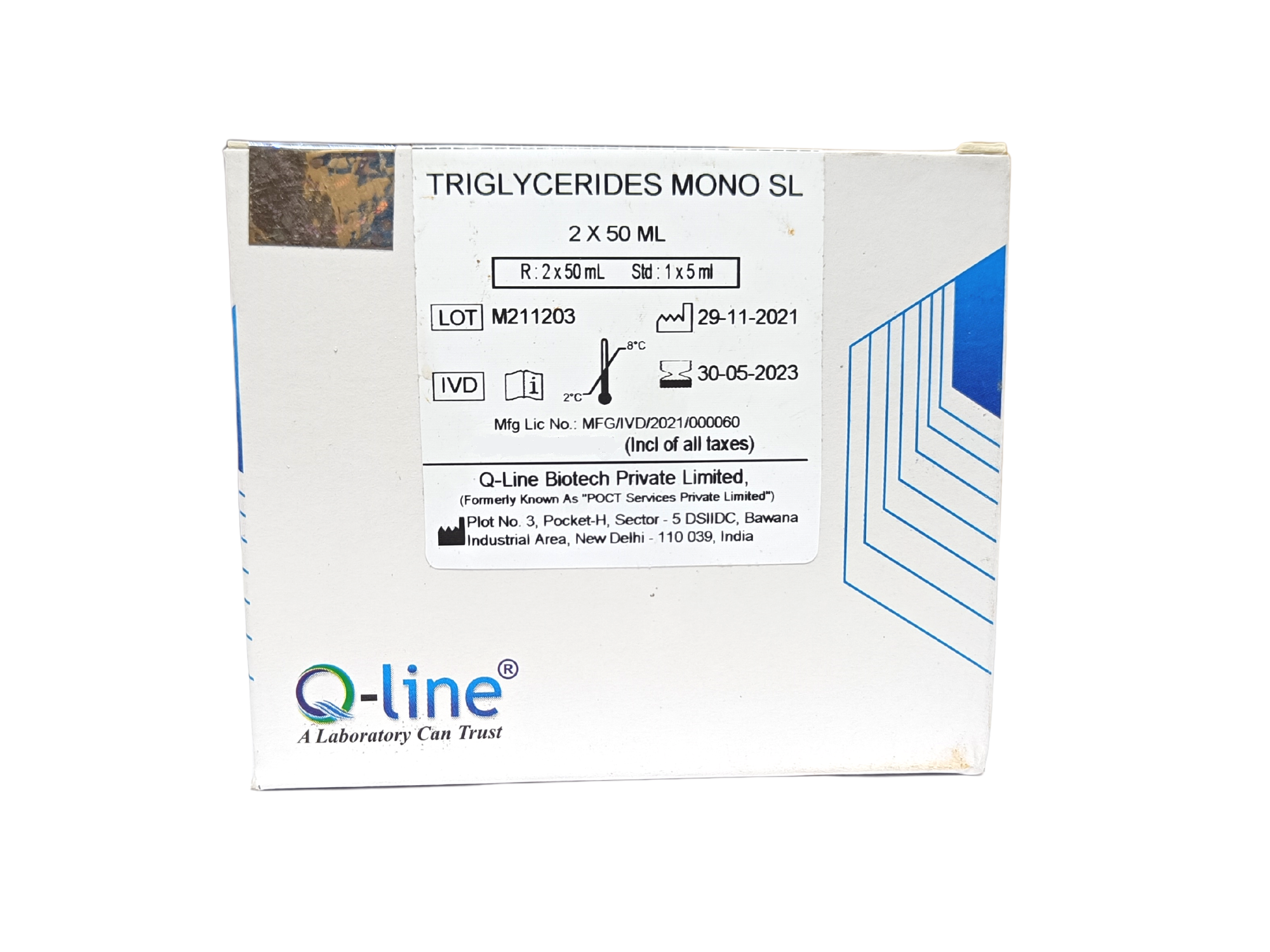
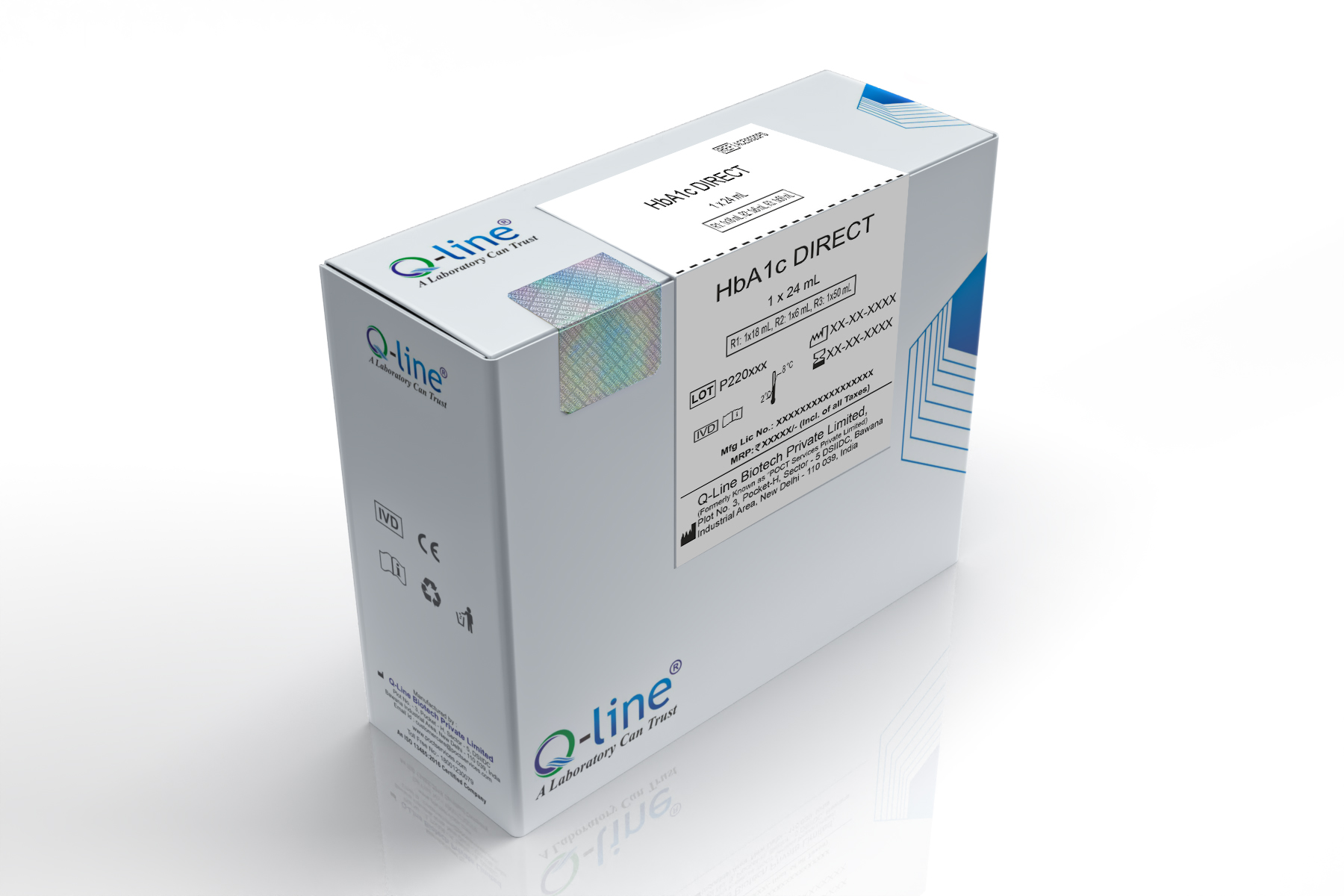



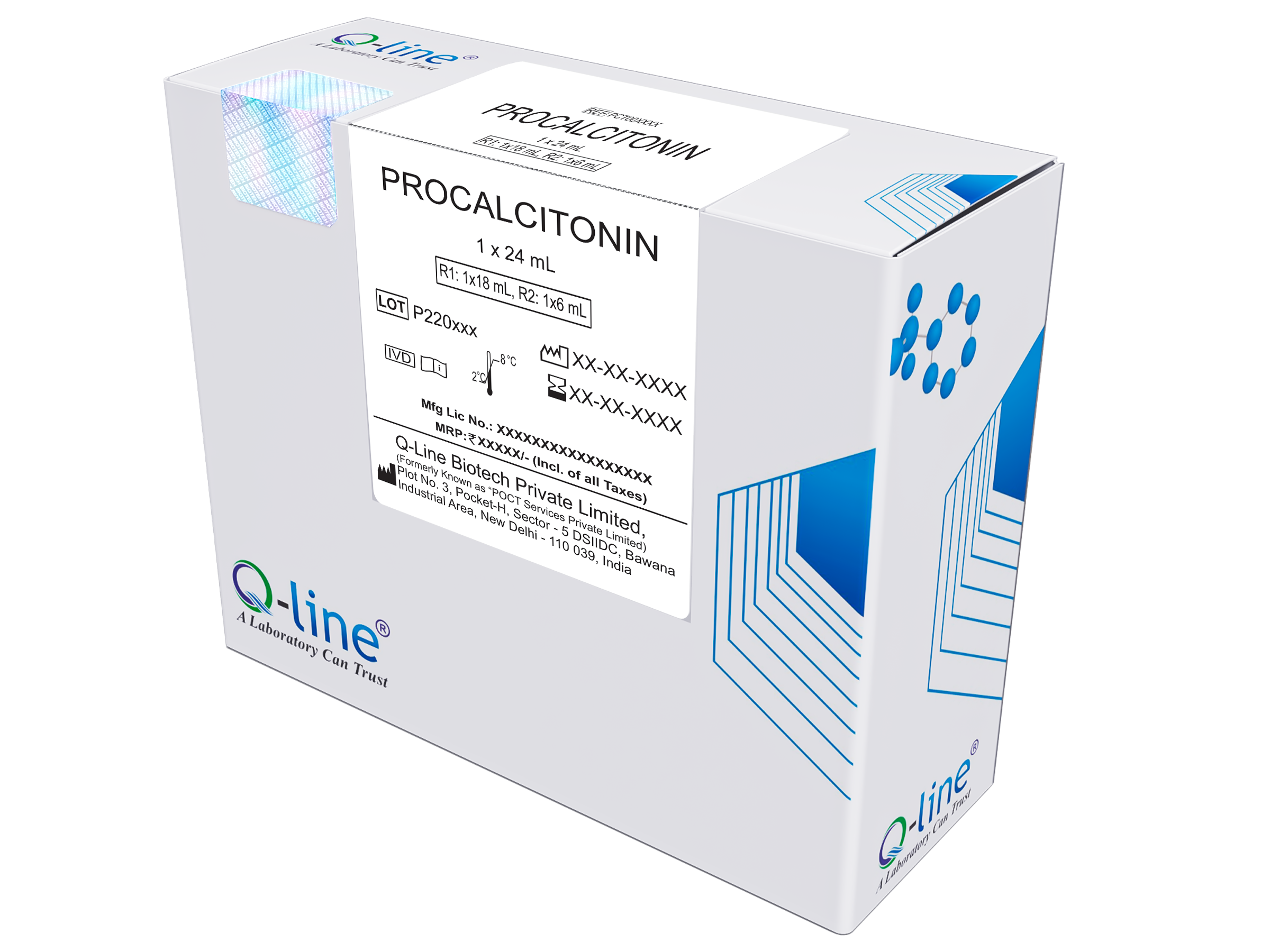












































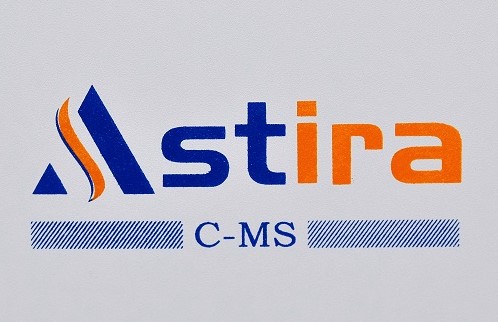
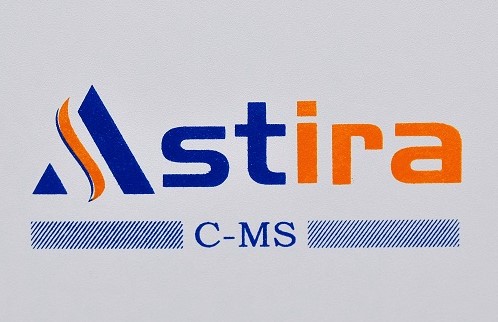
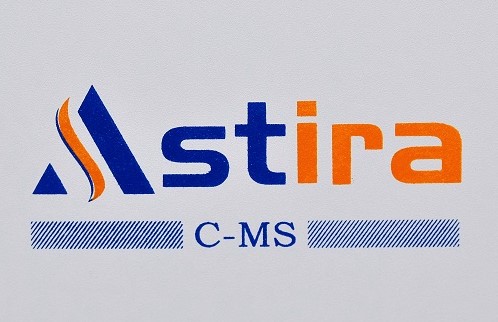
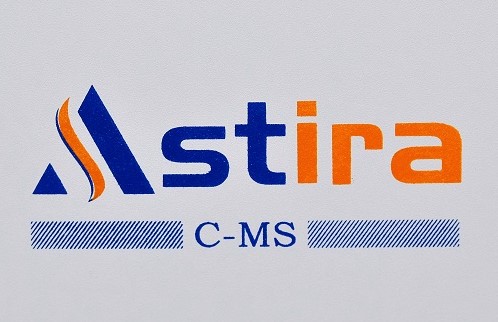



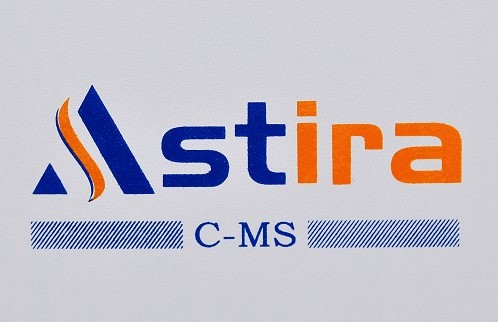



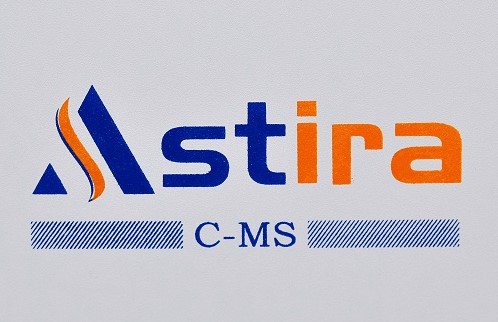
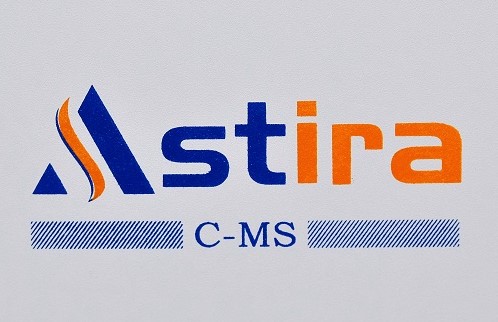
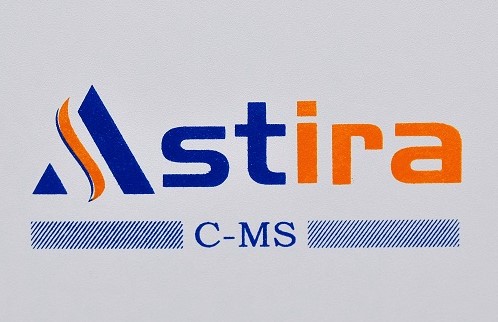


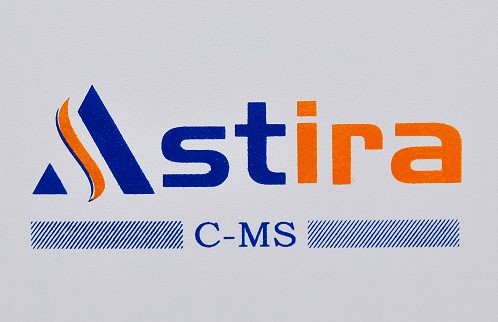
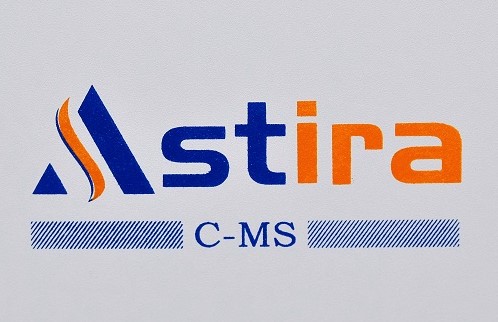
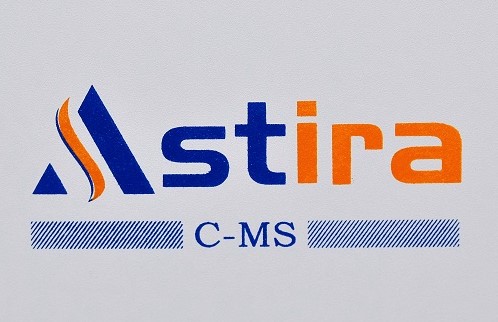
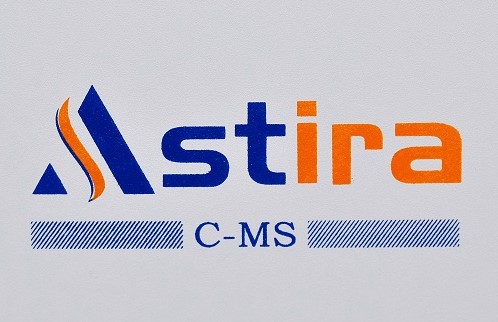

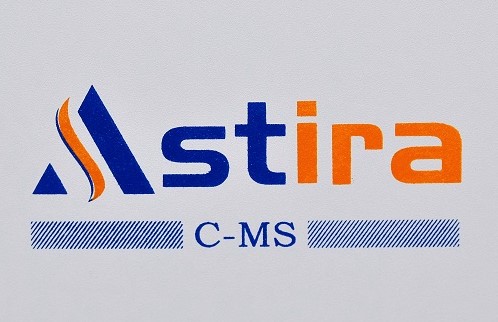
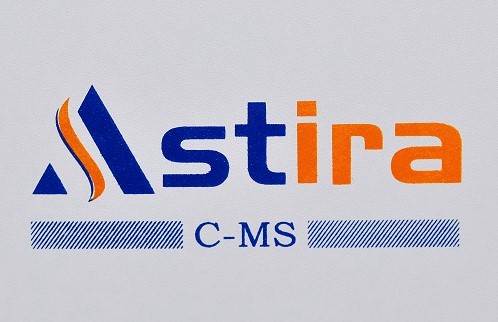




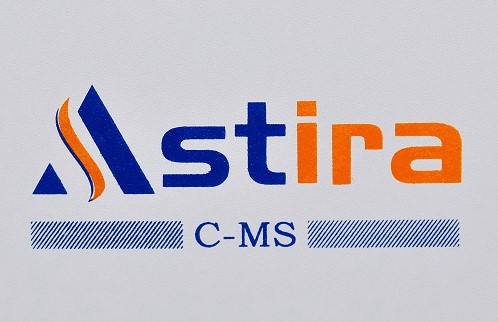
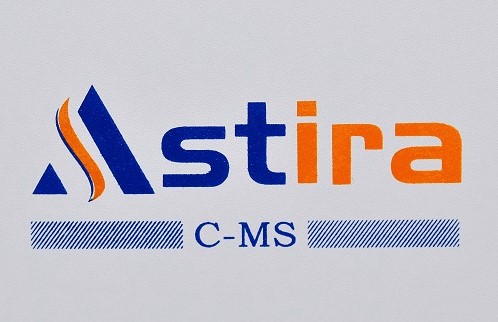

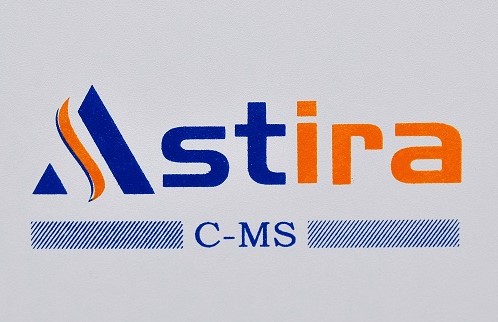

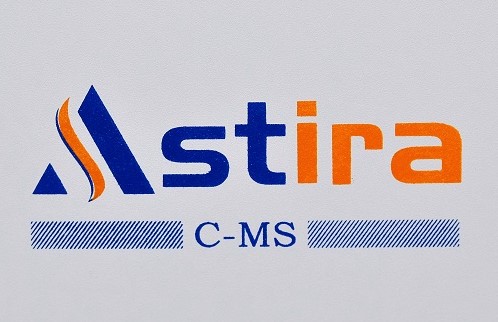
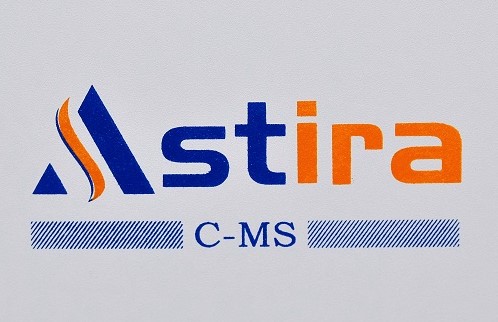
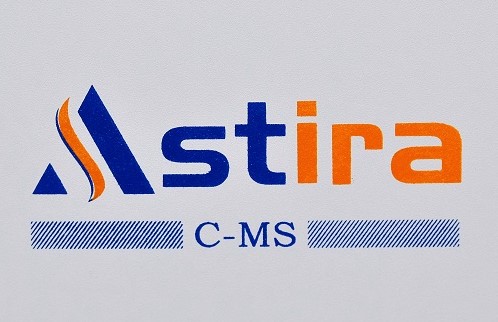
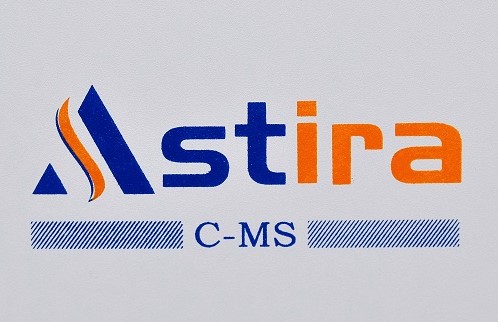

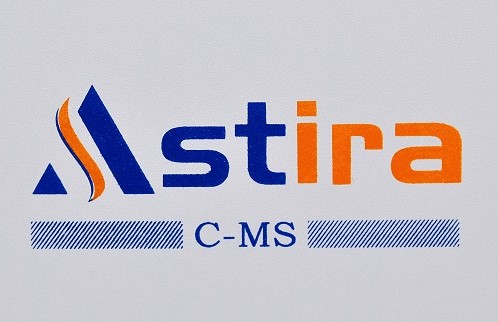
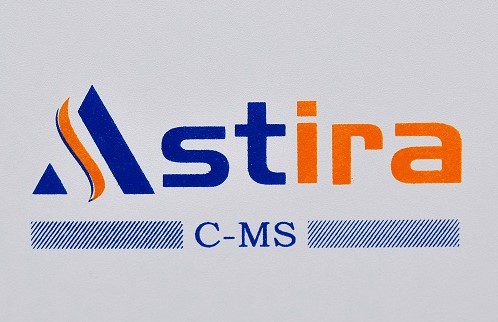

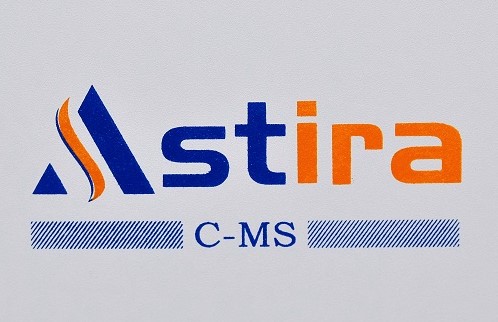
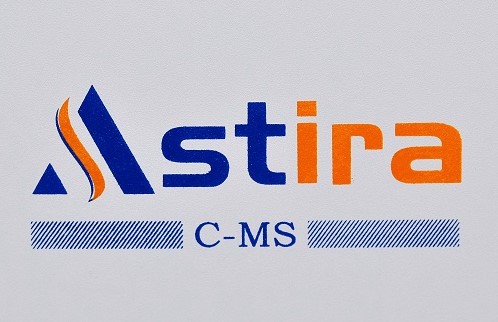
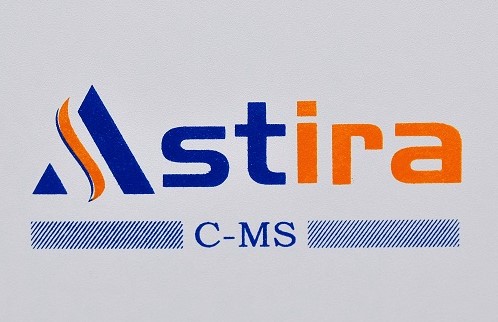
Request Quote
We use cookies to improve user experience, and analyze website traffic. For these reasons, we may share your site usage data with our analytics partners. By continuing to the site, you consent to store on your device all the technologies described in our cookie policy. Here is the the cookie policy
 English
English
 French
French
 Spanish
Spanish
 Russian
Russian
 Arabic
Arabic









